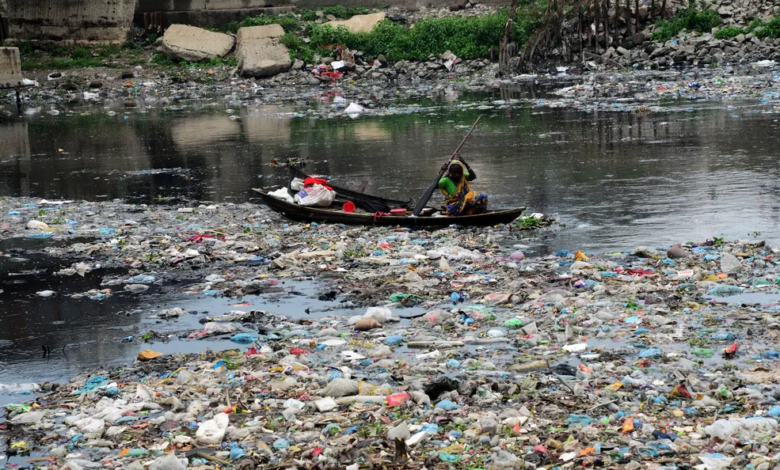Stop new plastic pollution from 2040, the promise of the G7
Reduction of production and consumption, taxation mechanisms and ban on single-use vehicles
(sustainabilityenvironment.com) – Eliminate plastic pollution “additional” by 2040. This is the commitment made by the G7 environment on Sunday, which has earned more than one title in the international media. An objective, the one signed by the Ministers meeting in Sapporo, Japan, which however seems distant and remote. It’s not a promise to clean up the planet, just not to add more pollution in 17 years. The goal will be possible, explains the G7, thanks to the increase in the circular economy and the reduction or ban of disposable and non-recyclable plastics.
The commitment is, to the letter, to “fight single-use plastics, non-recyclable plastics and plastics with harmful additives, through measures such as the gradual elimination – when possible – and the reduction of production and consumption; apply tools to internalize the costs attributable to plastic pollution; attack the sources, paths and impacts of microplastics“.
Read also Historic agreement for the World Plastic Pollution Treaty
The G7 promise follows the UN resolution signed a little more than a year ago – on 2 March 2022 – by 175 countries, with which it was open to the conclusion of a legally binding treaty on plastics by the end of 2024. Since then, a coalition of about 50 countries has pushed to go further, to end plastic pollution by 2040. Backed by the G7 meeting, some of these countries (such as Germany, France and the UK) have convinced the US and Japan to align.
Stop plastic pollution: too little and too late?
For environmentalists this is too long a time, because plastic is now everywhere, so much so as to have pushed some theorists to identify in the layers of material found in the rocks the zero point of the Anthropocene. The OECD has calculated that global plastic production almost doubled between 2000 and 2019, from 234 million tonnes to 460 million tonnes, and waste grew at an even higher rate than production, reaching 353 million tons in 2019. There was a slight downturn during the pandemic, but the scenario remains nightmarish: UNEP estimates say that plastic now accounts for at least 85% of marine litter. Only 9% of plastic waste is recycled globally, while 19% ends up in incinerators and almost 50% in landfills. The remaining 22% is disposed of in uncontrolled landfills, burned in open pits or dispersed in the environment.






